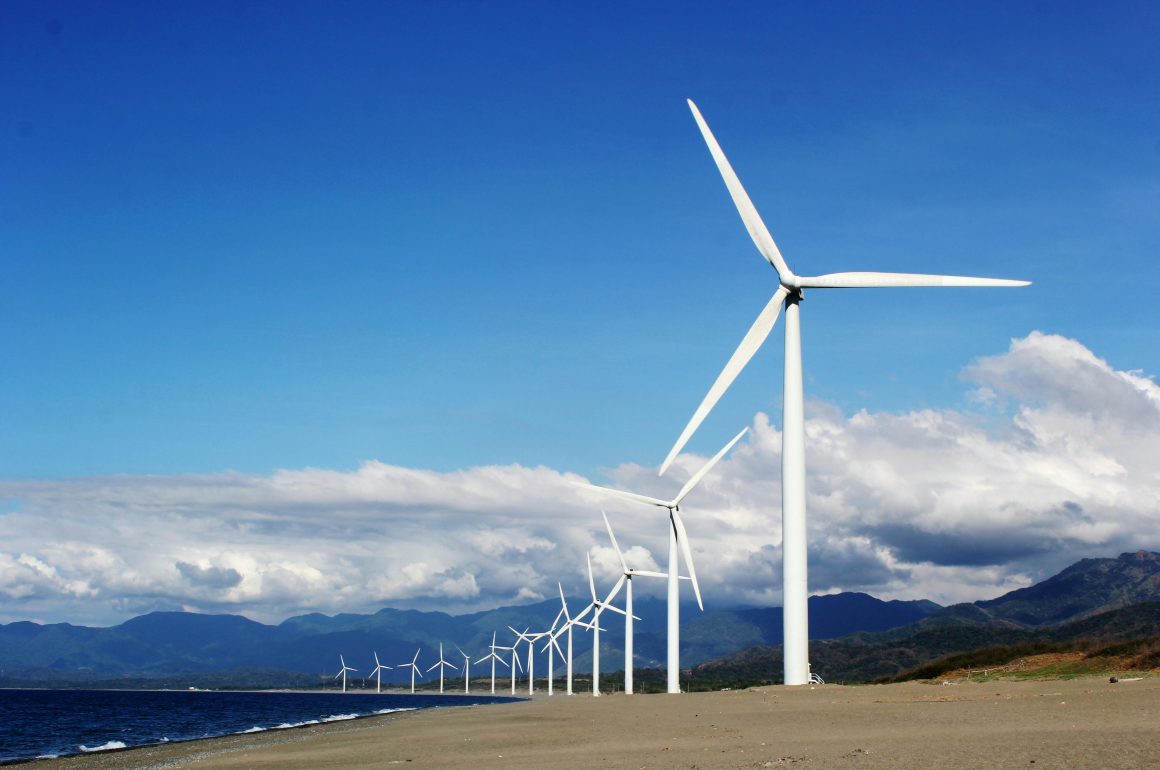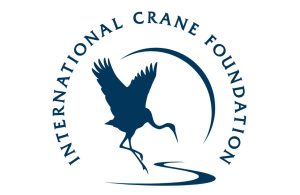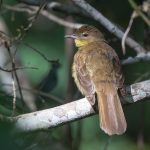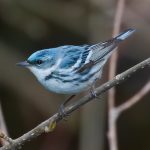
A leading US ecologist certainly thinks so, and expresses his opinion very clearly: “They kill the birds, and they’re horrible”. But is he right? His use of the term “windmills” rather than “wind turbines” indicates that he might not be as knowledgeable on this issue as he believes.
Fortunately, quite a few studies have been conducted on the impact of wind turbines on birds, particularly in the US. And the results show that there are many bigger threats to birds than wind turbines. For every bird killed by a wind turbine, about
- 7 birds are being killed by communication towers
- 60 birds are being killed by power lines
- 200 birds are being killed by vehicles
- 600 birds are being killed by windows
- 2600 birds are being killed by cats.
Now, that still means that about 700,000 birds are being killed by wind turbines in the US every year. And some species – particularly raptors – are more vulnerable than others. But still, less than 0.1% of all birds killed by the causes listed above come from collisions with wind turbines.
Two more aspects are tilting the situation further toward wind turbines:
A lot can be done to reduce their negative impact on birds, both in the planning stage (e.g., by avoiding locations with particularly high bird migration) and in the operating stage (e.g., by radar detection of birds followed by automatic shutdowns, or by improved turbine design).
The other is that the alternatives – including natural gas, which is favored by Mr. Trump, the ecologist cited above – are much worse. To quote Beth Scott, a professor in marine ecology at the University of Aberdeen in Scotland, “Fossil fuels, and their effect on climate change, outweigh everything. Climate change is by far, by far the worst enemy to all wildlife, and humans.”
I will end this post with a statement from an organization that has a much better claim to representing and protecting birds than Mr. Trump, the National Audubon Society: “Audubon strongly supports wind energy that is sited and operated properly to avoid, minimize, and mitigate effectively for the impacts on birds, other wildlife, and the places they need now and in the future. To that end, we support the development of wind energy to achieve 100% clean electricity.”











The use of the statement “leading US ecologist” made me wet my pants laughing. On the serious side: simply painting one blade black already helps: https://onlinelibrary.wiley.com/doi/full/10.1002/ece3.6592 for the science and The Rolling Stones for the background music.
Thanks for those numbers—very illuminating.
It’s way more complicated than you have painted it. Wind turbines practically selectively kill the birds that sit at the very top of the food pyramid, and are therefore Ill-numbered to start with. Next, by disturbing habitats, they displace many other species. Then, that careful planning and location choices: large raptors need steady winds. Wind generators need the same. And all this os only to begin with, I did some wind farm studies and was a consultant in others…
I am living just outside of the EU, and in one case, an EU based company was interested to invest, and was ready to follow very strict EU procedures, so it could apply for funding from the EU. Fast forward, the company ends up bought by a Chinese company, so all environmental concerns go down the drain, they will now apply for a credit from one of the leading banks of China – and they couldn’t possibly care less for the environment in Serbia. Add to that that the Serbian regime is quite Trumpy. And the picture becomes gloomy.